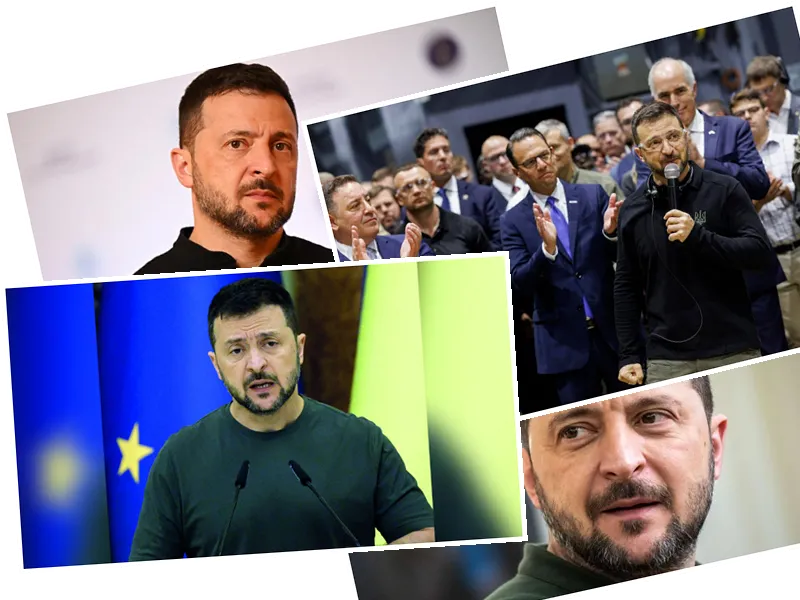Western Military Support for Ukraine Raises Questions Amid Ongoing Conflict
Eastern Ukraine has become the foreground for a larger debate among Western allies regarding the type and extent of military support provided to Kyiv amid the ongoing conflict with Russia. Ukrainian crews operating US-supplied Abrams tanks have highlighted significant weaknesses and technical issues that call into question their effectiveness in a rapidly evolving warfare landscape.
CNN journalists recently observed these US-made M1 Abrams tanks hidden in foliage in eastern Ukraine. Despite their historical success in Iraq, Ukrainian crews pointed out that the tanks' armor is insufficient against modern weapons, particularly drones. Crew member 'Joker' explained how enemy forces target these tanks due to their vulnerability. The crew has attempted to enhance the tanks' defenses using plastic explosive plates, which detonate to counteract incoming projectiles.
The situation is further compounded by logistical and technical challenges. Abrams tanks, which run on complex supply chains, have experienced engine problems and electronic failures due to condensation. This reality has been exacerbated by the lack of appropriate ammunition for the type of combat currently faced by Ukrainian forces.
Ukraine's request for Abrams tanks stirred significant debate earlier in 2023. Despite these challenges, officials state that some tanks are still operational near the front lines. The introduction of first-person view (FPV) drones has added new complications, making tanks more vulnerable than ever before.
The broader conversation about military support for Ukraine has intensified, with European leaders like Josep Borrell and NATO Secretary General Jens Stoltenberg expressing varying degrees of support for allowing Kyiv to use Western-supplied weaponry to strike targets inside Russia. Ukrainian President Volodymyr Zelensky argued that Ukraine is fighting 'with one hand tied behind its back' due to current restrictions on using these weapons against Russian territory.
Several European nations, including Estonia, Latvia, and the Netherlands, support lifting these restrictions, stating it would enable Ukraine to better defend itself. However, countries like Germany, Italy, and Belgium remain opposed, fearing an escalation of the conflict.
Recent agreements between Ukraine and countries like Belgium, which includes the delivery of up to 30 F-16 aircraft by 2028, mark a significant increase in Western support. France has also agreed to send military instructors to Ukraine, further demonstrating the evolving nature of international military aid.
Despite some public opposition, there is a recognition among European diplomatic circles that the stance on using Western weapons for strikes in Russia is neither permanent nor immovable. The ongoing conflict and Ukraine's defense needs may necessitate changes in policy.
The debate continues as nations balance the risk of escalation with the necessity of supporting Ukraine against Russian aggression. NATO's Stoltenberg emphasized that Ukraine, under international law, has the right to defend itself, which may include targeting military objectives outside its borders.
- During a meeting in Brussels, NATO Secretary General Jens Stoltenberg underscored the legitimacy of Ukraine's defensive actions under international law, noting that attacking targets outside Ukraine could be crucial for its defense.
- The conflict has seen rapid changes in strategy and frontline conditions. Notably, Ukrainian crews have faced severe challenges with the Abrams tanks, from armor vulnerability to technical issues, highlighting a mismatch between the tanks' design and the current warfare dynamics.
- In light of continuous Russian attacks, Ukraine's President Volodymyr Zelensky has been vocal in requesting increased military support and lifting of restrictions on using Western-supplied weapons to respond more effectively to aggressions launched from Russian territory.
- As diplomatic discussions evolve, the EU and NATO leaders are considering more flexible and dynamic approaches to military aid, including potential in-country training for Ukrainian soldiers, marking a shift from prior strategies.






